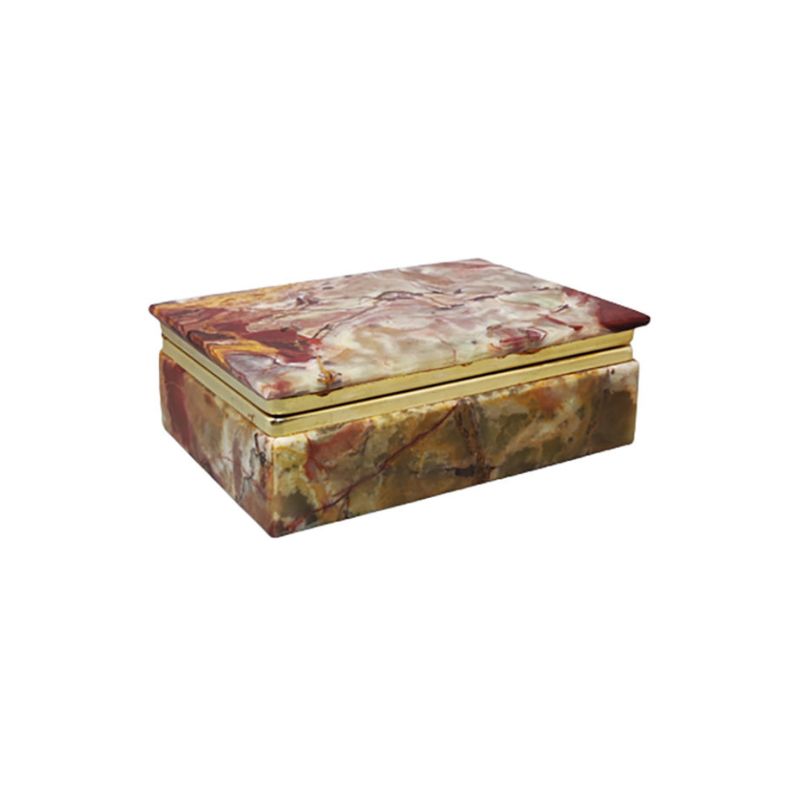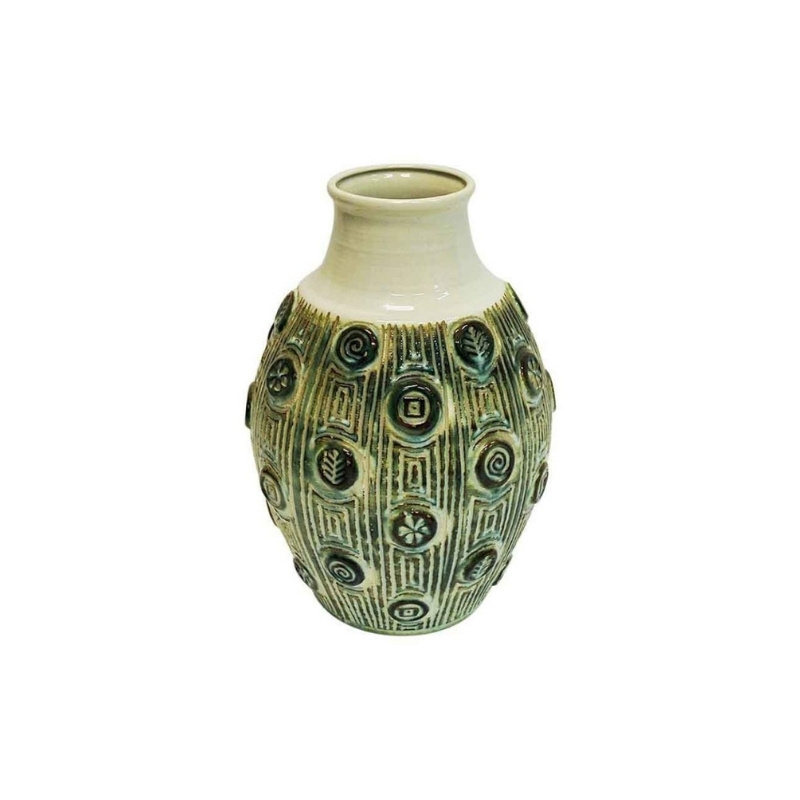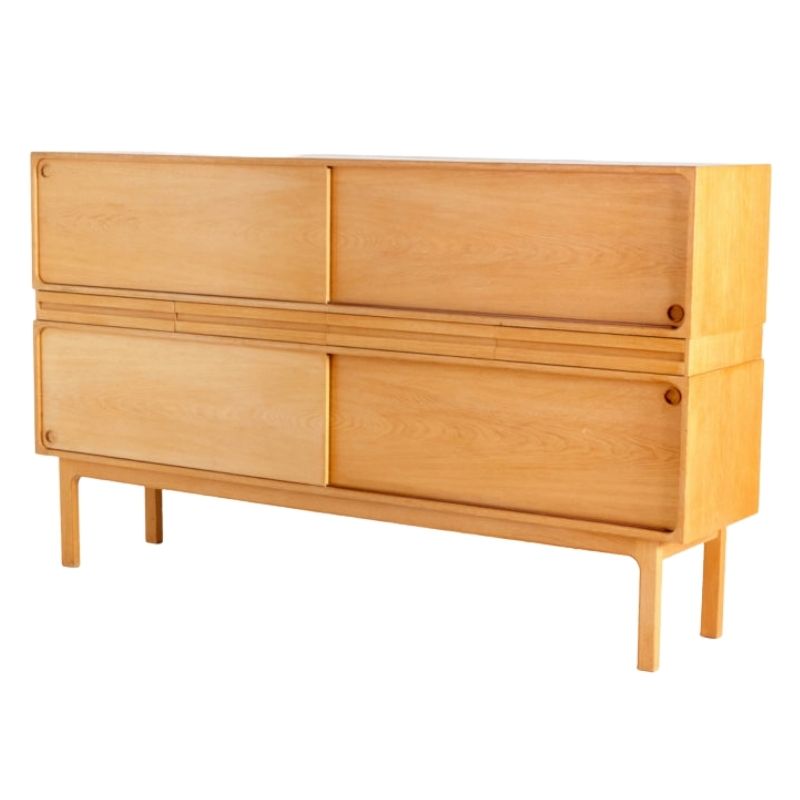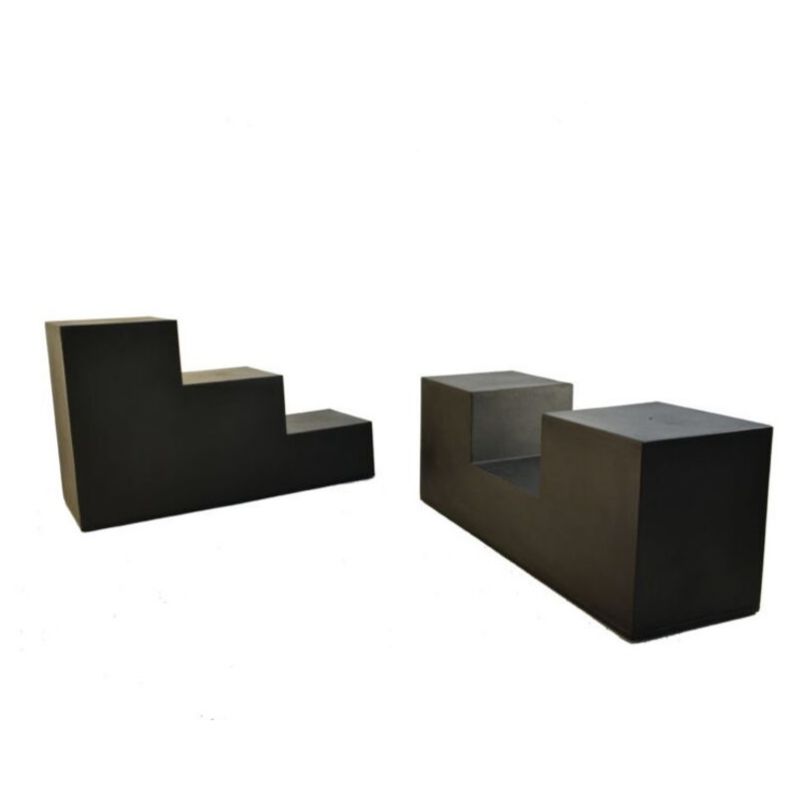For a casual collector,...
For a casual collector, worthwhile books can be quite expensive. If I wanted, I could easily spend well over several thousand dollars alone on books on my want list. Public/academic libraries are wonderful but a limited resource.
Lucifer...those tibbits of info are a delight! Learning Eliel Saarinen instructed workers to paint their own urine on copper for a more weathered look...priceless. This would make for a great thread..."Useless, but fascinating MCM knowledge"!
The internet ....
My first post here was to inquire about what I found out was a Dux chair acquired from Craigslist for $5. I thought it was interesting but it needed work. Was it worth investing $ in? Yes. So I've decided to do so and keep it. Thank you DA.
Now I was also flamed for contributing to the what's it worth? threads.
I think this emerges for several reasons:
1. the internet by it's very nature feeds the need for instant information. It's there and easy, finding books is not and also expensive. Relatedly, if you are looking at purchasing a piece from the internet, time is often of the essence.
2. in the MCM craze, many people are overvaluing ordinary pieces. I want to know if I am getting a fair price, preferably a "deal" and not getting ripped off. I want most of whatever I collect to have both aesthetic value and resale value. It is an investment to me. I also have difficulty at times discerning quality from junk as so much of MCM has been copied.
3. Sorry, but this is the internet, and alot of people will wander in here who are not serious collectors or MCM enthusiasits/students/scholars. That's just how it is. If you want to carve out a space that is free from the proletariat who knows little about MCM, good luck.
If you watch Antiques Roadshow, you will see some people are interested in the history of their piece, some in the value, some in both.
Dorieg raises more than...
...one interesting point. But one is quite dear to me, so I would like to follow up on that one. Yes people, that is all of us, like the story behind the product. It used to be the story of the successive owners?my mother got it from her father who?etc. It was also present in the reputation of certain brands that in a single trademark could evoke a whole history of craftsmanship or other achievements. Stories were and I hope they still are part of the emotional links we have with the product. It is this emotional link that makes them valuable, not only or necessarily their function. I am convinced that we take much better care of products that are enriched by the story of their designers, makers and successive owners. We have always known that. I remember visiting one of the Canton museums several decades ago and being surprised by the poor collection. As we know now Tchang Kai-chek did not leave China for Taiwan, empty handed, on the contrary the struggle against the war-lords had been turned by the Guomindang into an opportunity to empty the country from a large part of it?s cultural heritage, now to be seen in his former palace in Taipei. What was striking about the poor collection was that it had hundreds of small item of no apparent value, like a wristwatch of doubtful quality with a broken glass and worn out leader strap, flattened match boxes, worn out leader gloves, broken porcelain cups, etc. But all of them were somehow related to Mao and the long march. Not the objects themselves but their story made them valuable museum pieces.
In our effort to reduce waste, the ability to make meaningful emotional links with the products we surround us with, might well be one of the most efficient contributions to a sustainable culture?.I hate the implication in sustainable development that development is a must?so what we aim for should be a sustainable culture with small c in other words a sustainable way of life.
I grew up with a clear anti-materialistic view of the world. ?Give things only a passing glance? could have been the essence of my parents? advice. Yet I came to understand that the passing glance could imply a level of negligence that encourages waste. So when some years ago people started to ask questions on DA I tried to contribute with the stories I knew. I also wrote from time to time the story of the designers I knew on the index and I will continue to do so in an effort to make things more valuable because of the story behind them.
Because of my age I will not be part of it, but I am sure that products will evolve toward expressing their double identity, the rational or functional one on one hand and the emotional on the other, in a distinct identity, on one hand by it?s physical presence and on the other in a complementary virtual presence on the net. Some of that exists already. Designers like to come forward with some kind of justification for ?say using guns to support a lampshade.
cont.
They invoke real and sometimes stupid reasons to justify what they did and the buying public repeats or rejects the arguments. I think that this double identity will grow way beyond what we see now. Another example is of course the environmental story behind certain products. The story almost justifies one?s urge to purchase something useless. I particularly love the bamboo stories because they always leave out the huge amounts of epoxy or polyester resins that are used to fill the bamboo fibres and to link the narrow strips together?but anyway the story is there and will grow and grow.
Those on DA who did have a look at the two movie clips of the making of Hans Wegner chair did not see a piece of the past, they did see a piece of the future. That was, I think a good example of how products that became anonymous mass produced objects during the industrial revolution, are taking back their identity thanks to a communication revolution. I am sure that young designers will learn the lesson and recognize that the attention in a magazine or other publication is a fast disappearing attention but that an interesting story on the net stays and will continue to collaborate with the physical product in keeping the user satisfied?maybe even making them happy.
For the moment DA is a very nice place to start and I for my part will take the nuisance of appraisals with all the other benefits of telling stories that add so much value without consuming any material or energy.
I largely share the general...
I largely share the general feeling of lassitude in relation to the questions about the value of objects. Identification research can also be tedious if it takes too much space in the forum but it sometimes allows us to discover objects or designers that one did not know or did not know well, which I find interesting.
The activity of the forum always has cycles. Sometimes, an article on DA in the press brings new participants. Some of them question us concerning identifications and disappear as soon as they have received the information. Others bring us their knowledge and their interesting insights and become participants who will remain active a long time. All in all, the sum of marvellous individualities who make the richness of this forum is in regular and constant increase. The quantity of threads is also in rise and personally, I always find one or more threads that I am interested in.
If the quality of the threads doesn't satisfy you at one moment, why not launch new ones that would interest you more?
By the way, as the idea that Olive is bored with the forum is unbearable, I am opening a new thread that is likely to interest her 😉 (link below)
PS. A figure that might interest you:
Since 2001 (the forum is older but we only have a counter since this date) you posted 49905 messages in the forum of which the greatest part is of great interest. Thank you for that!
http://www.designaddict.com/design_addict/forums/index.cfm/fuseaction/th...
Koen, I posted my message in...
Koen, I posted my message in the same time as you. I totally agree with your analysis.
I would also like to make a point to the newcomers; Design Addict is not a website dedicated exclusively to MCM design!
We believe, Alix and I, that contemporary design must be build on the foundations of last century's design and this is why we try to give a wide access to this knowledge. But the stakes in which today's designers are confronted interest us at least as much as the creations of the masters of the past century.
.
I just post to support this with my vote. I,d only add...
Books
Books commented/recommended here, Mmhnbhmmmm, more than books are catalogues, paid catalogues. (When we spouse to pay for information). Of course not all of them, but many.(Specially those full of pretty photos) Publisher may or may not be conscious.
Books won,t disappear, will evolve, will be reserved for higher/better, selected material. Material that would be important to conserve.
Internet
Is a strange mix (salad?) between ,,the street,, (popular) and the ,,high,,. But not all sites on internet are the same.
Because all of us, finally shape the DAforum:
The DA salad: tasty as well as nutritious!
If you need any help, please contact us at – info@designaddict.com









